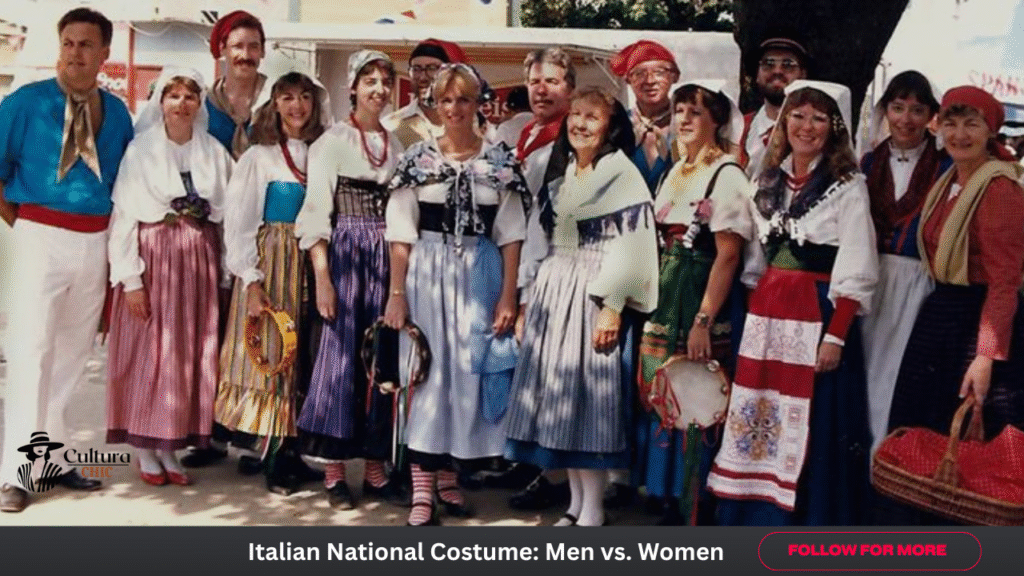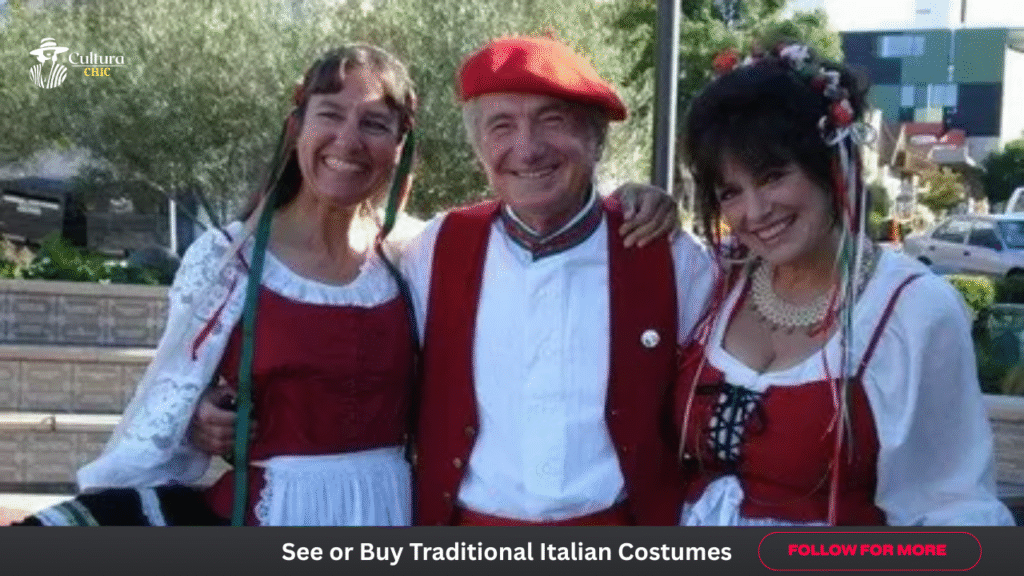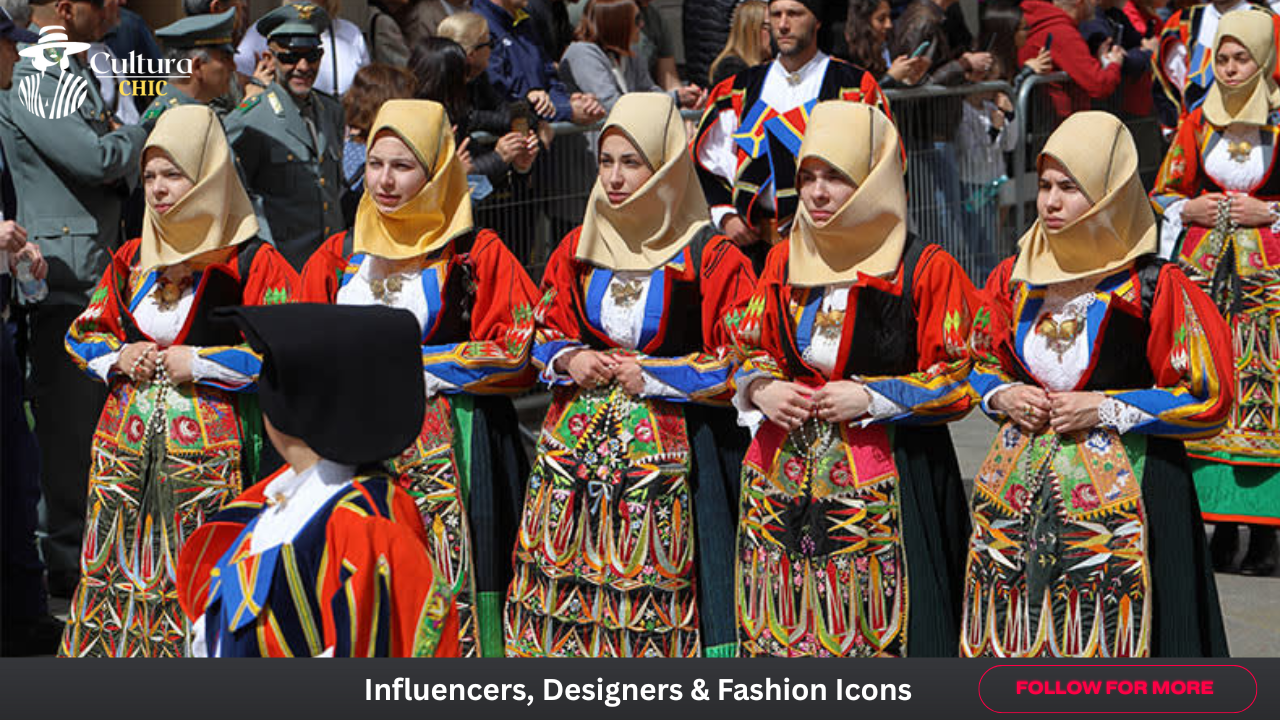Traditional Italian clothing carries a rich tapestry of history, culture, and artistry that spans centuries. From the folk costumes of Italy to the elegant styles of Renaissance fashion Italy, these garments reveal much about regional identities and social customs.
The intricate Italian embroidery styles and use of traditional Italian textiles like wool and linen highlight the skill of Italian artisan dressmaking passed down through generations. Each piece, whether a colorful Tarantella costume or a simple Calabrian vest, tells a story about Italy’s diverse heritage. Understanding what Italians traditionally wear offers a window into their vibrant culture and the symbolic dress that continues to inspire modern fashion today.
Origins of Traditional Italian Clothing
The story of traditional Italian clothing begins long ago in ancient Rome and Etruria. Roman togas evolved into medieval tunics. During the Renaissance, clothing became ornate and colorful, reflecting new wealth and artistic expression tied to Renaissance fashion Italy. Skin warms in wool and linen, heavy at first, then more refined over time.
By the 14th century, regional courts drove fashion. Wealthy patrons showed off luxurious textiles. Men and women wore layered garments made with intricate patterns and embroidery. This progression shapes historical Italian fashion even in modern designs.
The Role of Culture and Religion in Italian Dress

Religion influenced much of cultural clothing Italy. Catholicism shaped modest cuts and dark hues during Lent or Holy Week. A black veil often spoke of sorrow or reverence. Church festivals brought out white lace mantillas and cross motifs sewn into garments.
Orthodox and Jewish communities in Italy also influenced vestments and shawls. Traditional male and female Italian attire often included symbolic colors and icons. The practice of incorporating faith into clothing continues in festive wear and local customs.
Regional Italian Costumes: North to South

You’ll notice regional differences in Italian dress between north and south. Northern garb tends to use darker, heavier fabrics like wool, while southern styles show brighter colors and lighter linen blends. Sardinia offers distinct Sardinian traditional attire, rich in embroidery and bold headpieces.
In contrast, in Veneto or Milan, clothing feels more understated. Belted jackets and tailored vests reflect Alpine influences. These shifts illustrate how climate, geography, and regional customs shape folk costumes of Italy.
Italian National Costume: Men vs. Women

Men and women wore clothes with clear roles. For women, dresses included pleated skirts, fitted bodices and lace veil caps. Men usually wore knee-length trousers, embroidered waistcoats and sturdy boots topped by hats. A well-known piece is the Calabrian vest, often wool with metal buttons.
Gender distinctions also appear in headwear. Women often followed the Italian headscarf tradition, using scarves to show marital status. Men’s hats conveyed trade or rank. These garments highlight types of traditional Italian clothing shaped by society.
Fabric & Craftsmanship: The Art of Italian Textile

Craftsmanship is central to traditional Italian textiles. Artisans spun wool and linen clothing by hand. Wool heated in mountain regions and linen kept people cool in lowlands. Skills were passed down in small workshops and guilds dedicated to Italian artisan dressmaking.
Handloomed silk also played a role in wealthier communities. Many rural areas kept these arts alive. Today, boutique labels preserve these techniques with handmade Italian costumes, ensuring heritage endures.
Key Features of Traditional Italian Clothing
Bold embroidery and vivid hues define these garments. Italian embroidery styles vary by region, showing floral, religious, or geographic motifs. Bright patterns contrast dark fabrics to signify joy or celebration.
Garments also included utilitarian elements like removable sleeves, aprons and shawls to adapt to seasons. A table below highlights notable elements:
| Feature | Description |
| Bright Colors | Symbolize joy or regional pride |
| Intricate Embroidery | Designs tied to culture or faith |
| Adaptable Layers | Suited for changing climate |
Famous Italian Costumes and Festivals
The Tarantella costume shines during folk dances in southern Italy. That colorful dress spins and flares as musicians play tambourines. In Sardinia, festival gowns include coins and silver filigree. They reflect deep Southern Italian clothing traditions.
Venice Carnival displays historic masks and opulent gowns recalling aristocratic society. These outfits remain famous traditional clothing in Italy, drawing visitors from around the world.
Modern Influence: How Traditional Styles Inspire Today’s Fashion
Designers across the globe borrow from this legacy. Brands like Dolce & Gabbana reference embroidery and vivid prints in their runway collections. Gucci and Prada sometimes echo peasant blouses, lace trims, and floral motifs. This demonstrates modern fashion inspired by Italy’s past.
Using artisan techniques adds authenticity, while blending rich motifs into modern tailoring keeps tradition alive. This ties strongly to Italian fashion heritage, bridging centuries of influence.
Where You Can See or Buy Traditional Italian Costumes

Museums and cultural centers in Italy display heritage pieces such as ornate gowns, folk vests, and festival attire. In Sicily and Sardinia, local markets offer handmade garments made by artisans using centuries-old methods.
You can also buy garments online through boutiques specializing in Italian national costume replicas. These pieces preserve local artistry and support communities while offering global access.
Conclusion
Traditional Italian garments carry stories handed down through generations. Every stitch of embroidery and fold in wool refers to how Italian fashion is rooted in heritage. Wearing or studying these items honors that legacy.
By supporting artisan workshops and appreciating Italian costume heritage, you help ensure these skills live on. Fashion isn’t just surface—it’s memory stitched into cloth.
FAQs
What is the traditional Italian clothing?
Traditional Italian clothing includes region-specific outfits like the Tarantella costume, Calabrian vest, and Sardinian traditional attire, often made from wool and linen clothing with detailed Italian embroidery styles.
What is the most famous clothing in Italy?
The Italian national costume and Renaissance fashion Italy are among the most famous, reflecting Italian fashion heritage and deep cultural roots.
What is a traditional Sicilian dress called?
The traditional Sicilian dress is often referred to as the Sicilian folk costume, usually featuring bright colors, aprons, and headscarves tied to Italian headscarf tradition.
What is proper attire in Italy?
Italians value style and modesty, often choosing well-fitted, tasteful clothing that respects the cultural clothing Italy tradition.
What is the Pattern of Traditional Italian Clothing?
Patterns often include floral embroidery, stripes, or symbolic motifs, rooted in symbolic dress in Italy and regional differences in Italian dress.

Welcome to Cultura Chic! I’m CHAUDHARY ALI, an AI-Powered SEO, and Content Writer with 2 years of experience.

